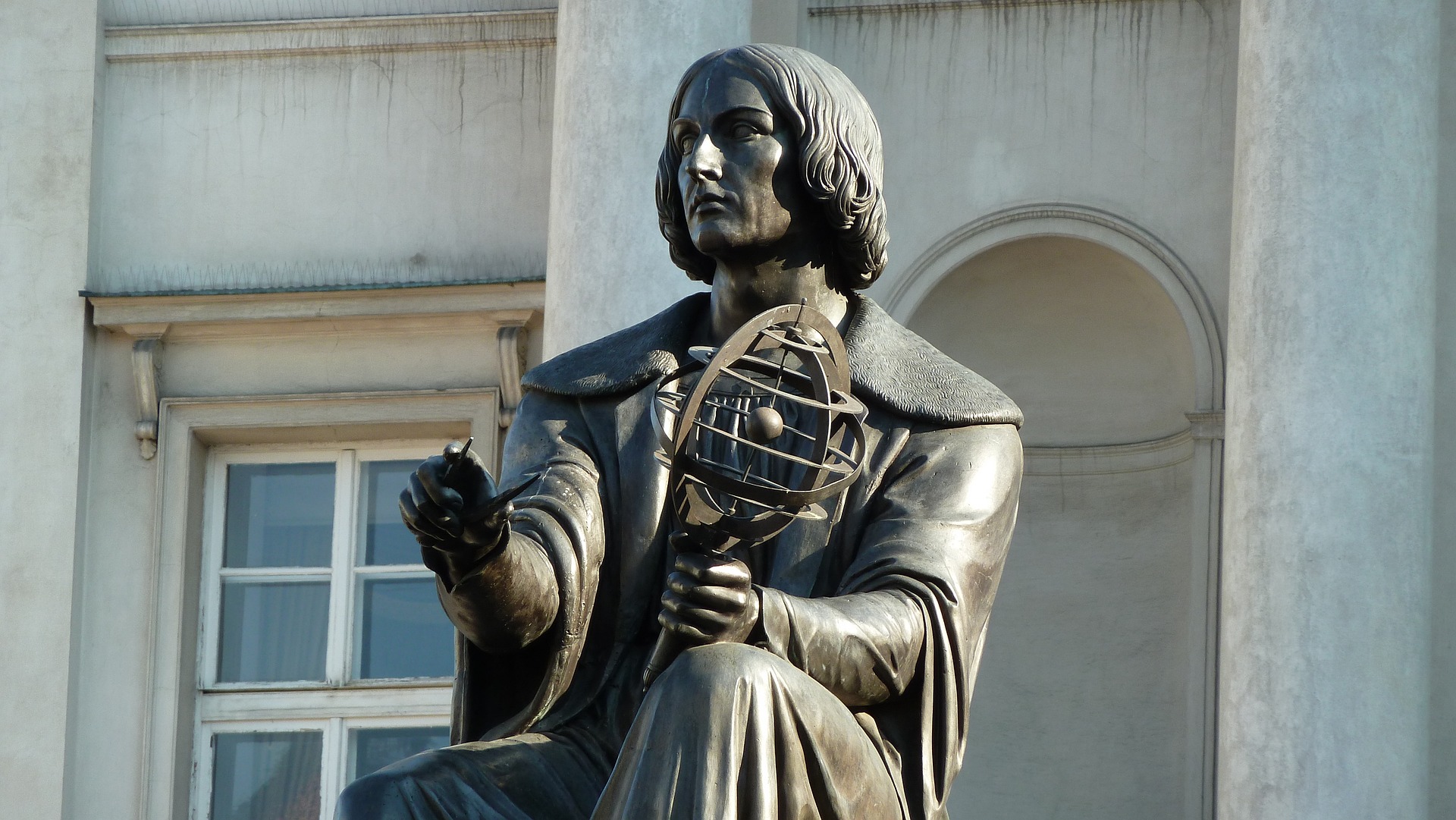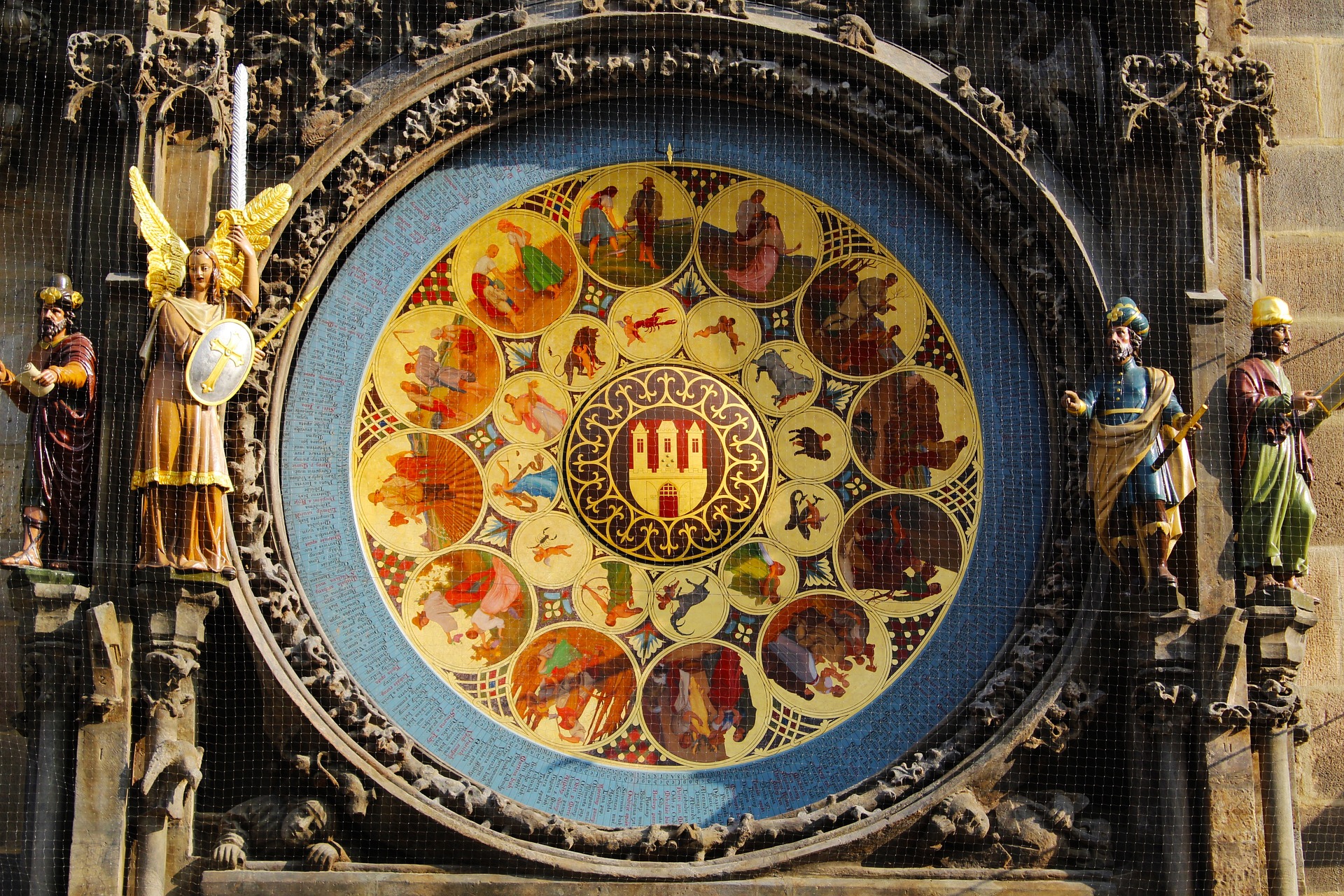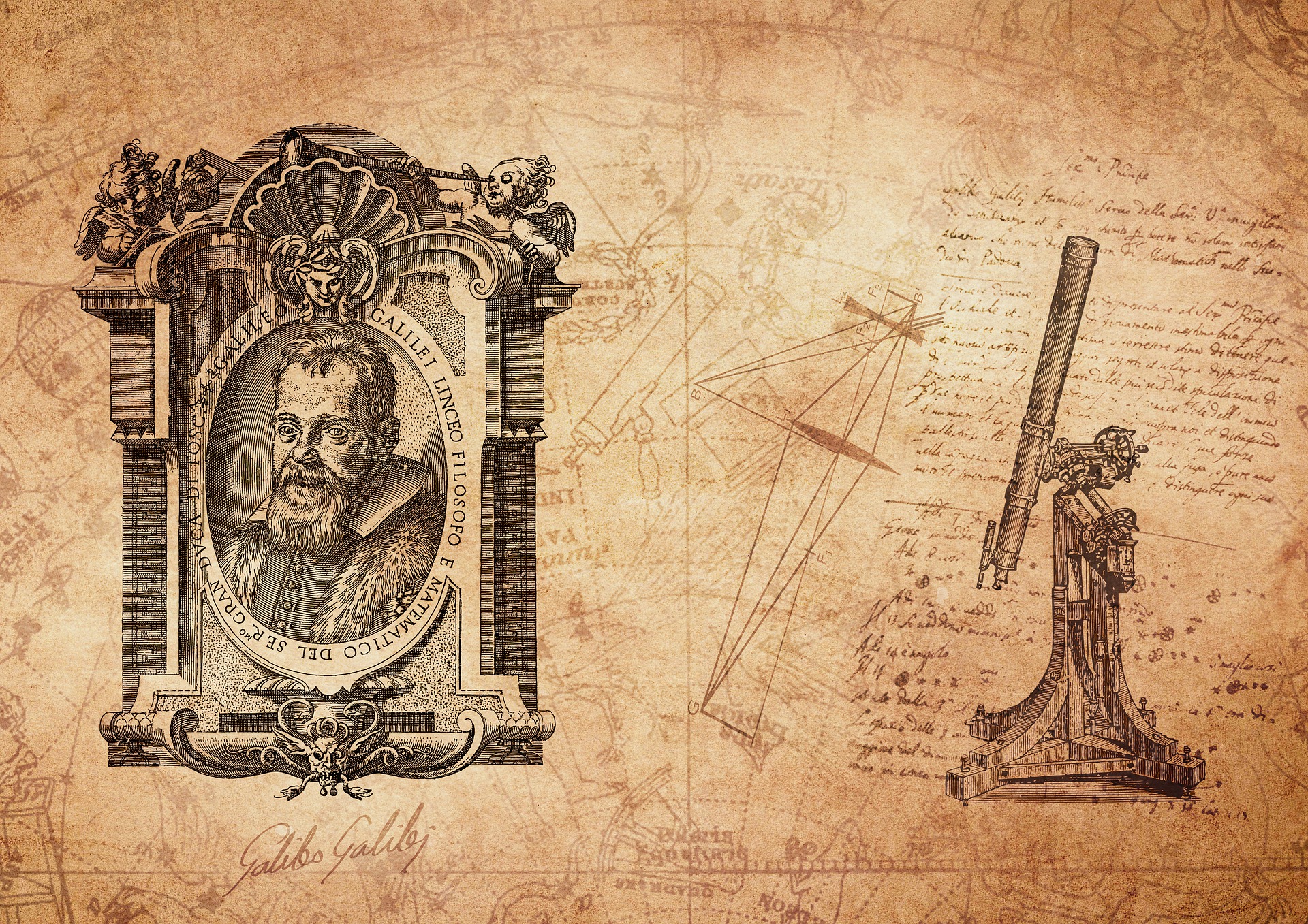Passion of the people – 1.1.9
Renaissance and the Age of Enlightenment
The age of the Renaissance marks the blossoming of classical astronomy as a science, which, however, only began to explore the physical background of the stellar movement. Until the Renaissance, astrology and astronomy were two complementary fields of knowledge. Astronomy was concerned only with the positions of the stars and planets and their exact calculation, while astrology attempted to interpret these positions with regard to earthly events. Until the 17th century, many astronomers also drew up horoscopes for their clients. Astronomical knowledge was therefore a prerequisite for astrology. The inaccuracy of astronomical calculations and models was partly blamed for the inaccuracy of astrological predictions, which gave rise to an incentive to improve them. European astronomy was characterised by the fact that the astronomers’ knowledge of astrology was not always sufficient.
European astronomy during the Renaissance was shaped by Nicolaus Copernicus, Tycho Brahe Johann Bayer, Johannes Kepler and Galileo Galilei. It received a new orientation through the work of Nicolaus Copernicus. After observing the moon against the background of the fixed stars, he doubted the geocentric view of the world and worked out a model in which the sun was to be equated with the resting centre of the world. In May 1543, in his book De revolutionibus orbium coelestium, he mathematically demonstrated that the planetary movements could also be correctly described with a heliocentric world view.
In 1568, Daniele Barbaro improved the camera obscura by using a lens and thus did essential preparatory work for the astronomers of later generations. Tycho Brahe measured the orbits of comets for the first time and drew conclusions regarding their distance (1577) – the great “astronomical” distances became tangible. Before that, Tycho observed a supernova (1572) as well as the orbit of Mars, and after Johann Bayer had published the first modern star catalogue (Uranometria) in 1603, Johannes Kepler described the 1st and 2nd Keplerian laws of planetary motions around the sun, named after him, in his book Astronomia Nova in 1609. Now a correct description of the planetary motions from a heliocentric point of view was available.
The invention of the telescope at the beginning of the 17th century sealed the turning point in astronomy. Galileo Galilei used it to discover the four inner moons of Jupiter and the phases of Venus. This permanently weakened the Ptolemaic view of the world. It became clear that the Copernican worldview was compatible with observations, as was Brahe’s geocentric model. A decisive proof was neither theoretically nor practically possible at that time. The ensuing dispute with the Church ended with the legal victory of the Inquisition against Galileo, but established a problematic relationship between the Church and the natural sciences.
Undoubtedly, the Renaissance was a most important age for astronomy, producing the science on which astronomy is still based today.


Further resources
Links below will redirect you to external websites. In accordance with the European data protection declarations, we would like to point out that by clicking on these links you may send data to external providers. We cannot prevent that.
Videos
![]() Nicolaus Copernicus, Galileo Galilei, Tycho Brahe and Johannes Kepler
Nicolaus Copernicus, Galileo Galilei, Tycho Brahe and Johannes Kepler
![]() Renaissance in Europe: history and philosophy of western astronomy
Renaissance in Europe: history and philosophy of western astronomy
On line resources
![]() Astronomy and the Renaissance – a podcast
Astronomy and the Renaissance – a podcast
![]() Renaissance astronomy in Prague. An example for a touristic tour
Renaissance astronomy in Prague. An example for a touristic tour
![]() A 1605 imprint of a work by Giovanni Paolo Gallucci. A fascinating example of an author navigating the political landscape of his time (Dr. Ada Palmer)
A 1605 imprint of a work by Giovanni Paolo Gallucci. A fascinating example of an author navigating the political landscape of his time (Dr. Ada Palmer)
Further readings
![]() Planetary Astronomy from the Renaissance to the Rise of Astrophysics, Part A, Tycho Brahe to Newton
Planetary Astronomy from the Renaissance to the Rise of Astrophysics, Part A, Tycho Brahe to Newton
Teaching Material
 A New Look at the World – The Renaissance Experiment (video)
A New Look at the World – The Renaissance Experiment (video)
 Nikolaus Kopernikus und das neue Weltbild (video)
Nikolaus Kopernikus und das neue Weltbild (video)
![]() Astronomy during Renaissance (video)
Astronomy during Renaissance (video)
![]() Renaissance Astronomers – Real Faces – The Age of Enlightenment (video)
Renaissance Astronomers – Real Faces – The Age of Enlightenment (video)
![]() Lesson: Astronomy in the Renaissance (1400 – 1650) (presentation)
Lesson: Astronomy in the Renaissance (1400 – 1650) (presentation)
For Kids

